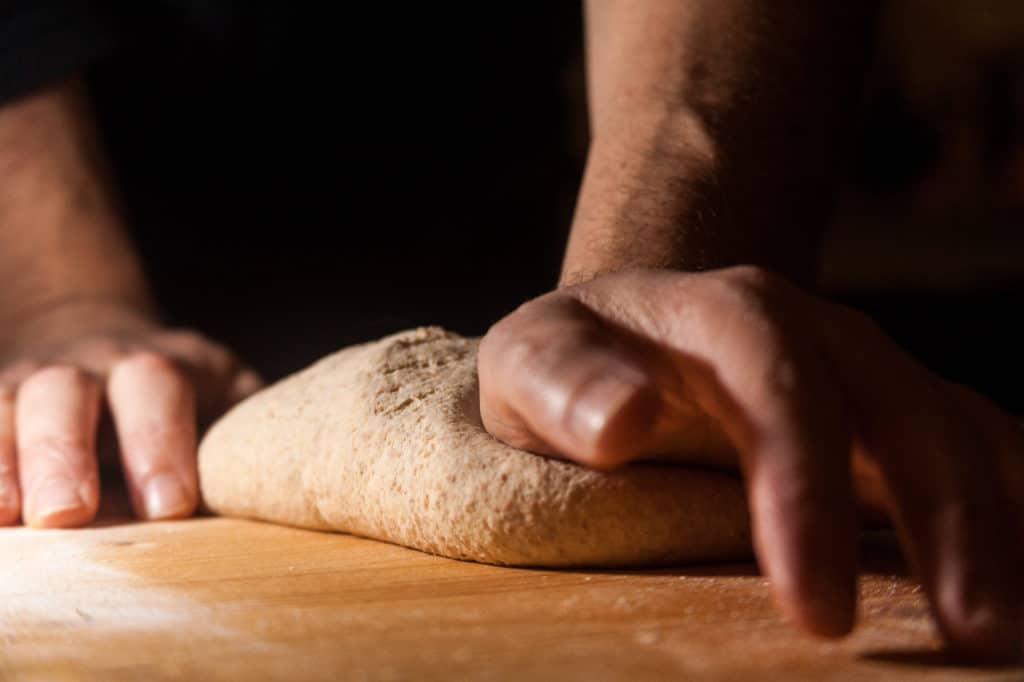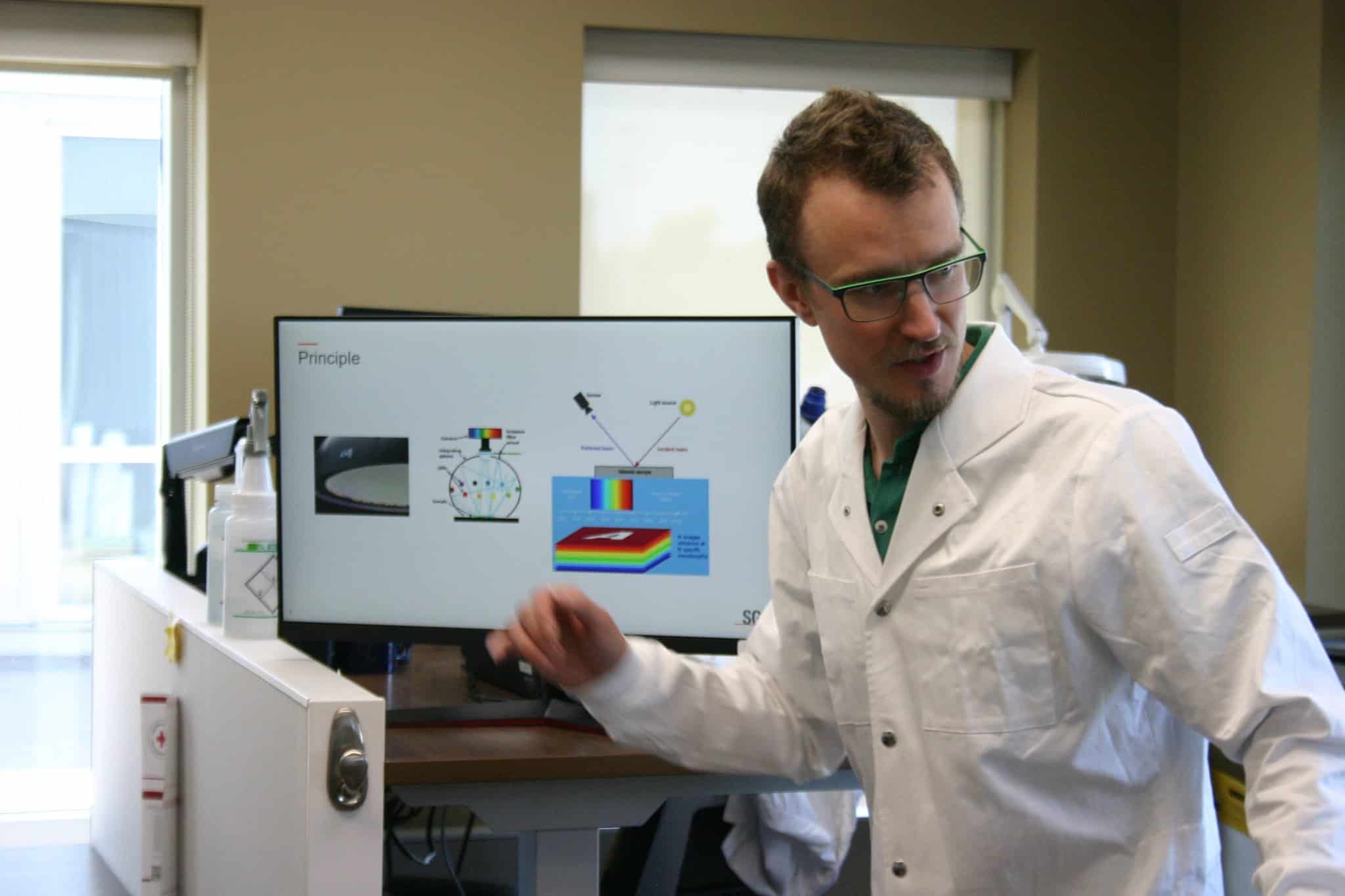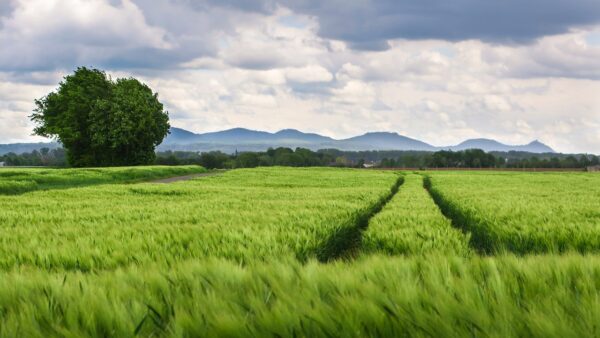From start to finish, SGS Canada helps supply millers and bakers with quality wheat.
In 2016, SGS Canada and Grain Farmers of Ontario collaborated to build a laboratory in Guelph to analyze end use quality in wheat. It was the first private commercial grains analytical testing facility for cereal crops in the country.
Bread making is a key market for Canada’s cereal growers and the laboratory helps better position Canadian farmers and cereal crops in domestic and international markets.
Wheat being one of Canadas biggest exports, the work done at the lab ensures new wheat lines have what it takes to meet the kind of quality characteristics needed for baking.
Tests are conducted to check for protein levels and gluten strength, and bread is actually baked at the facility to show how certain kinds of wheat behave in real-world conditions.
“A lot goes into designing wheat to be used for baking. Dough strength is a big deal, as is the resistance to deformation when the dough is made,” says Holly Gelech, business development manager, SGS Canada.
Upon a new wheat line entering the lab, different tools are used to evaluate the baking performance and how the dough will be formed. Dough is complicated. It has to have the right elasticity and has to be light enough to rise and produce a moist, fluffy piece of bread. Those tools include:
- Farinograph: Measures the absorption and dough strength properties of a flour and water mixture as it’s combined and developed into dough through mixing;
- Alveograph: Measures the dough’s resistance to extension, similar to the conditions in fermentation and baking (oven rise);
- Extensograph: Measures the elasticity and extensibility of a dough;
- Amylograph: Measures the alpha-amylase activity and viscosity (starch gelatinization) of a flour sample.

“All these tests we perform are critical for dough elasticity, baking strength, dough mixing parameters, loaf volume and consistency/resistance to deformation,” Gelech says. “Breeders aren’t going to spend time and money bringing a wheat line to the market if it doesn’t make a good loaf of bread or make good cookies, and our work helps them to know if a certain line of wheat is worth investing more into and bringing to market.”
SGS Canada is helping take seed testing to a new level. No longer is seed testing just about germination and mechanical purity, Gelech notes.
“Regulated seed tests are still hugely important and the bread and butter of what we do, but the world of seed quality is so much bigger than that,” Gelech notes.
End use quality is becoming more important than ever as the seed industry focuses on value-added opportunities. SGS enjoys a worldwide network of seed testing infrastructure that is helping its clients ensure they’re able to meet that end use quality at all stages of the process, from breeding to the farming stage.
“We’re the leading company in evaluating grain exports, but when it comes to the actual seed end of the business right down to the farmer level, SGS was not well known in Canada prior to 2017. That has all changed,” she says.
In 2019, SGS Canada successfully met the International Seed Testing Association (ISTA) lab accreditation requirements to deliver sampling and testing for a large variety of commercially relevant seeds and coated seeds. ISTA’s vision is to provide uniformity in seed quality evaluation globally.
“As the seed industry becomes modernized, we’re always looking at areas where we can expand our service reach, but the core of our business continues to be routine seed testing, germination, purity, disease and vigour. That said, we take every opportunity to branch off into additional areas that are very important to our large customers,” Gelech adds. For info visit biovision.ca.












